Introduction
Traveling with an infant can be a daunting experience, but with the right preparation, it can be an enjoyable journey for both you and your baby. Whether you're flying for a family visit, a vacation, or another reason, understanding how to make the trip as comfortable as possible is essential. This guide provides expert advice on everything from when your baby is ready to fly, to what you need to bring, ensuring a safe and smooth flight.
When Is Your Baby Ready to Fly?
While there is no strict rule, most pediatricians recommend that babies should be at least 7 days old before flying. Ideally, waiting until your baby is 2 to 3 months old is better, as their immune system is stronger, reducing the risk of infection from crowded airports and planes.
The Safest Seating Options for Your Baby
When it comes to flying with your baby, safety is paramount. The Federal Aviation Administration (FAA) recommends that all infants and toddlers fly in an FAA-approved child safety restraint system (CRS), which includes:
- Rear-facing car seats for infants under 20 pounds.
- Forward-facing car seats for children between 20 to 40 pounds.
- Child Aviation Restraint System (CARES) harness for children between 22 to 44 pounds, though this is not suitable for infants.
These restraints provide the best protection during unexpected turbulence or in the event of an emergency. While the FAA allows babies to fly on a parent's lap until the age of 2, purchasing a separate seat for your baby and using an approved CRS is strongly recommended.
Choosing the Best Seat on the Plane
Selecting the right seat on the plane can make a significant difference in your baby's comfort and safety:
- Bulkhead seats offer more legroom, which is beneficial when handling baby gear.
- Window seats are safer than aisle seats, protecting your baby from potential hot liquid spills and passing carts.
- Avoid exit rows, as they are not suitable for passengers with infants.
Ensure that your baby's car seat is installed in a window seat, as most airlines require this to avoid obstructing other passengers' exit paths in an emergency.
Comfort Strategies for Long Flights
Long-haul flights require additional planning to keep your baby comfortable and well-rested. Here are some options:
- Airline bassinets: Available on some international flights, these attach to the bulkhead wall and are ideal for babies under 20 pounds and 6 months old.
- Sky couches: Some airlines offer rows of seats that convert into a bed, providing ample space for both you and your baby to lie down.
- Inflatable seat extenders: These can create a flat surface for your baby to lie on, but not all airlines permit their use, so check in advance.
Regardless of the option, your baby should be securely buckled in during takeoff, turbulence, and landing.
Managing Feeding and Diapering
Feeding your baby during a flight can help prevent ear pain caused by cabin pressure changes, particularly during takeoff and landing. Breastfeeding, bottle feeding, or using a pacifier can help equalize the pressure in your baby's ears. If your baby has recently had ear surgery or an ear infection, consult with your pediatrician before flying.
When it comes to diaper changes:
- Change your baby's diaper right before boarding to reduce the need for in-flight changes.
- Use restroom changing tables where available, or ask a flight attendant for an alternative if necessary.
- Pack enough supplies to cover potential delays, including extra diapers, wipes, and changing pads.
Passing Through Airport Security with Baby Essentials
Navigating airport security with a baby requires extra preparation:
- Breast milk, formula, and baby food are exempt from the standard 3.4-ounce liquid rule. You can carry reasonable quantities, but be prepared to declare them at security.
- Request manual inspection if you prefer that these items do not pass through the X-ray machine.
Essential Gear: Baby Bottles and a TSA Compliant Portable Milk Warmer
When traveling with a baby, ensuring that your baby’s milk is at the right temperature is crucial for their comfort and well-being. The BuubiBottle Smart Portable Milk Warmer is an innovative solution designed to make feeding on the go easier and stress-free, particularly during air travel.
Choosing the Right Baby Bottles for Travel
Selecting the appropriate baby bottles for your trip is key to a smooth feeding experience:
- Durability: Opt for bottles made from ultra-durable materials like Tritan, which are shatter-resistant and easy to clean. This ensures that the bottles can withstand the rigors of travel.
- Size and Convenience: Consider packing smaller, travel-friendly bottles like BuubiBottle Mini that are easy to store and quick to warm.
The BuubiBottle Smart Portable Milk Warmer: A TSA-Compliant Solution
The BuubiBottle Smart Portable Milk Warmer is an essential tool for parents traveling with infants. This innovative device offers several benefits:
- TSA-Compliant: The BuubiBottle Smart Portable Milk Warmer is designed to meet TSA regulations, allowing you to carry it through security without issues. This means you can have peace of mind knowing that you can warm your baby’s milk at any point during your journey.
- Portability: Compact and lightweight, this milk warmer easily fits into your diaper bag or carry-on, making it ideal for travel.
- Temperature Control: The BuubiBottle Smart Portable Milk Warmer features precise temperature control, ensuring that your baby’s milk is warmed to the perfect temperature, whether you’re on a plane, in an airport, or in a hotel.
- Easy to Use: With a user-friendly interface, you can warm your baby’s milk with just a few clicks, eliminating the need to search for hot water or a microwave while on the go.
By incorporating the BuubiBottle Smart Portable Milk Warmer into your travel routine, you can ensure that your baby is fed comfortably and safely, no matter where your journey takes you. This reliable device is a must-have for parents who want to maintain their baby’s feeding routine with minimal disruption during travel.
Keeping Your Baby Calm and Content
A calm baby makes for a more pleasant flight for everyone:
- Dress in layers: Planes can be cold or warm, so dressing your baby in layers ensures they remain comfortable.
- Pack toys and books: Keep your baby entertained with familiar toys and books. Tablets with age-appropriate videos can also be a last resort, though screen time is generally discouraged for children under 2 years old.
- Travel during sleep times: If possible, schedule your flight during your baby's usual nap time to increase the likelihood of them sleeping during the flight.
International Travel Considerations
For international travel, all U.S. citizens, including infants, require a passport. Apply for your baby's passport well in advance, ensuring the photo meets all requirements. A passport is usually the only identification needed for domestic flights unless you need to show proof of age for a discounted child fare.
Conclusion
Flying with a baby doesn't have to be stressful. By following these guidelines, you can make your journey safer and more comfortable for both you and your child. Remember, preparation is key—plan ahead, pack smart, and maintain a calm and positive attitude throughout your travels.
This detailed guide, coupled with proper planning, ensures that your experience of flying with a baby is as smooth and stress-free as possible. Safe travels!
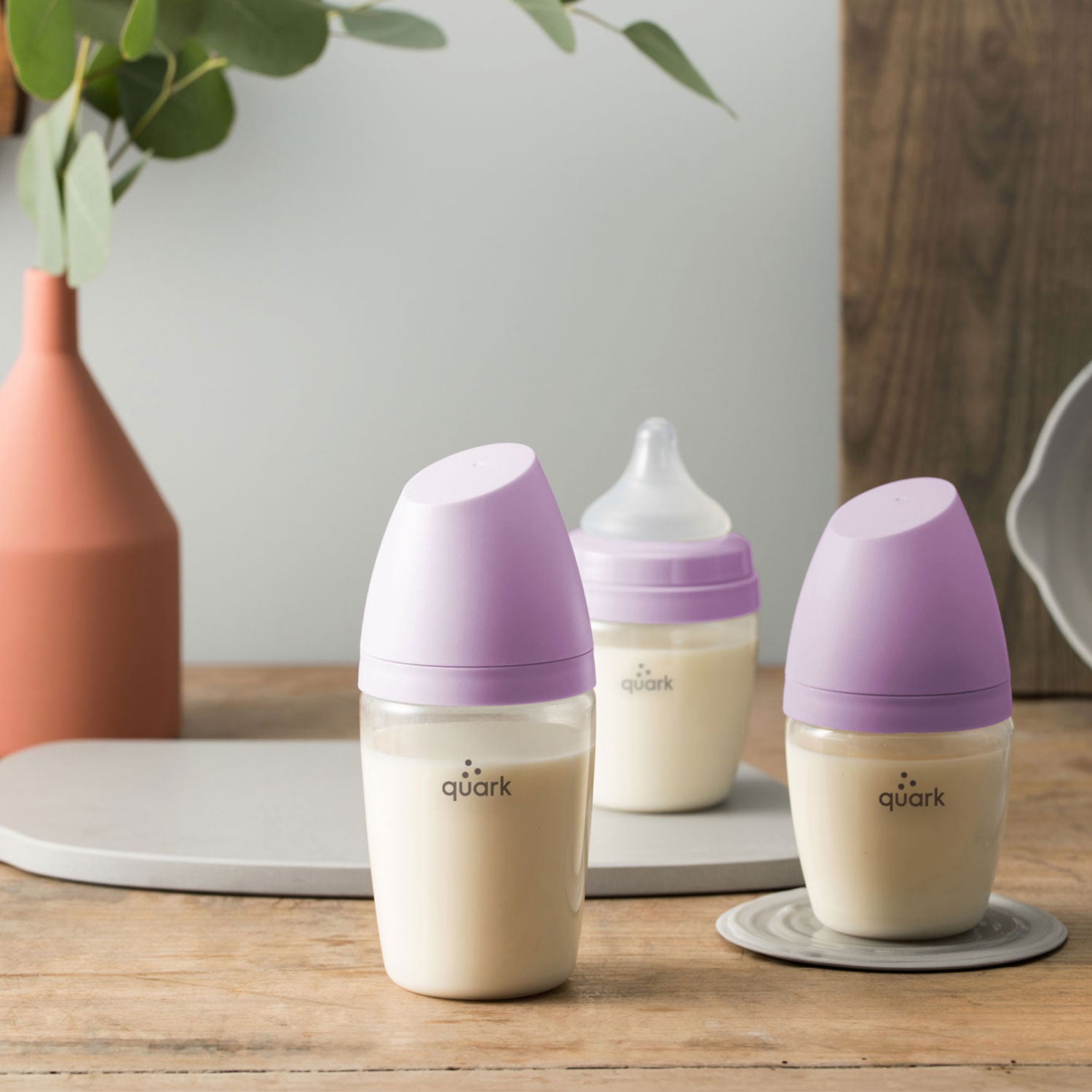
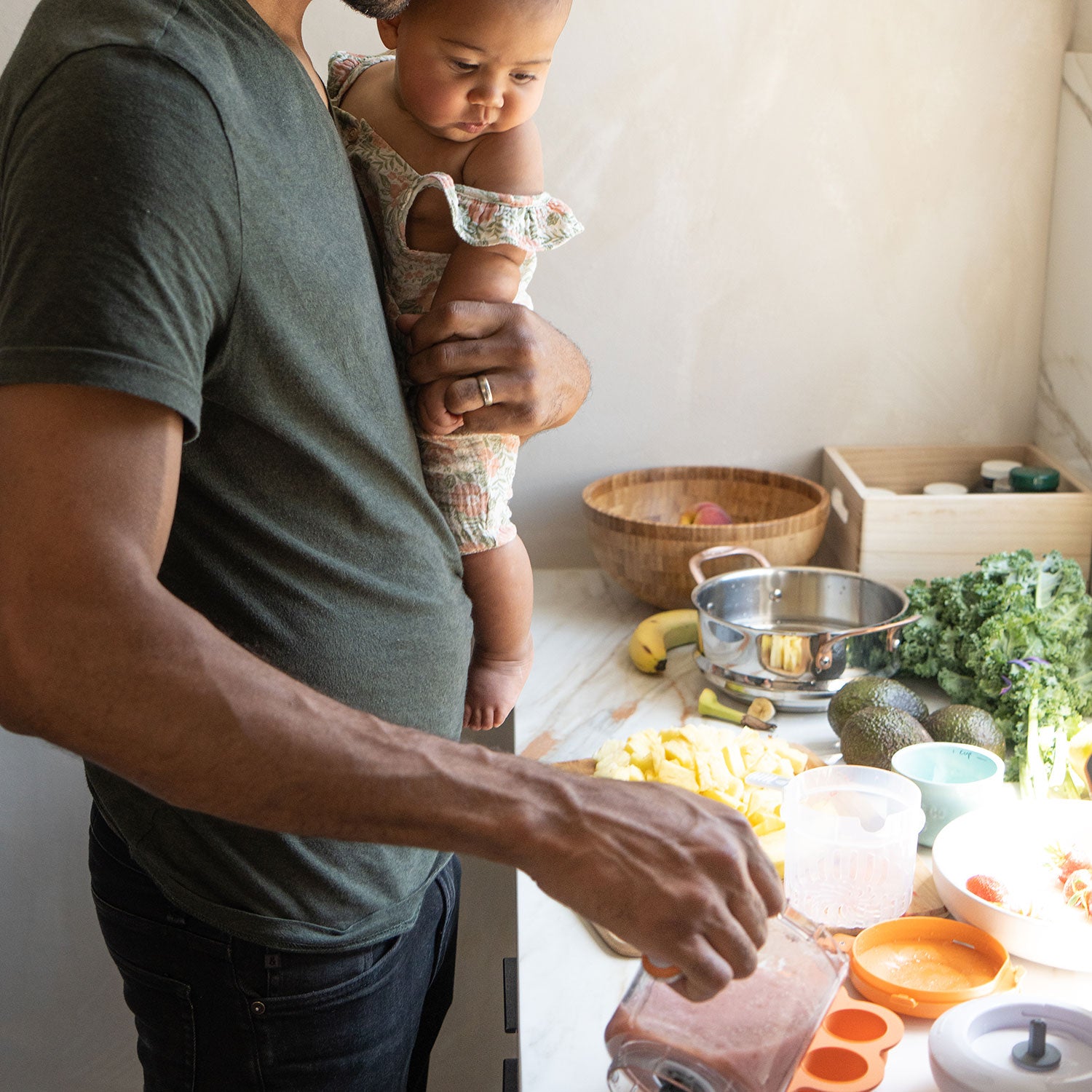


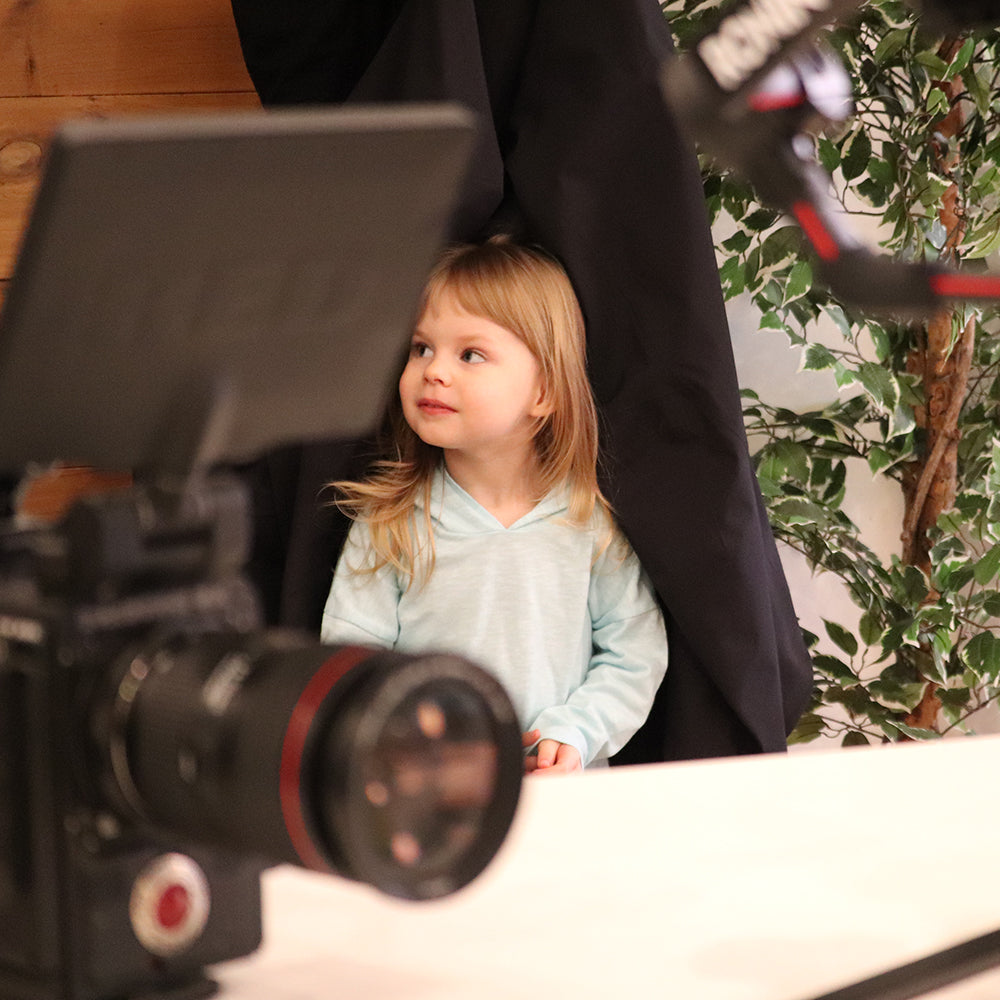
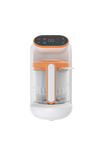
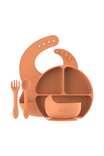
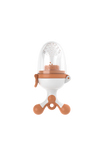
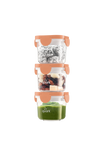
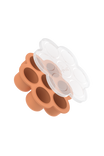

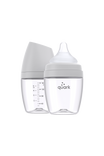
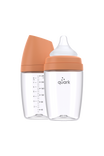

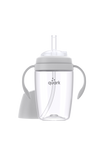
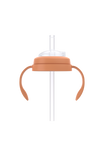
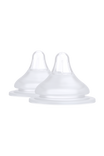

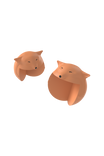
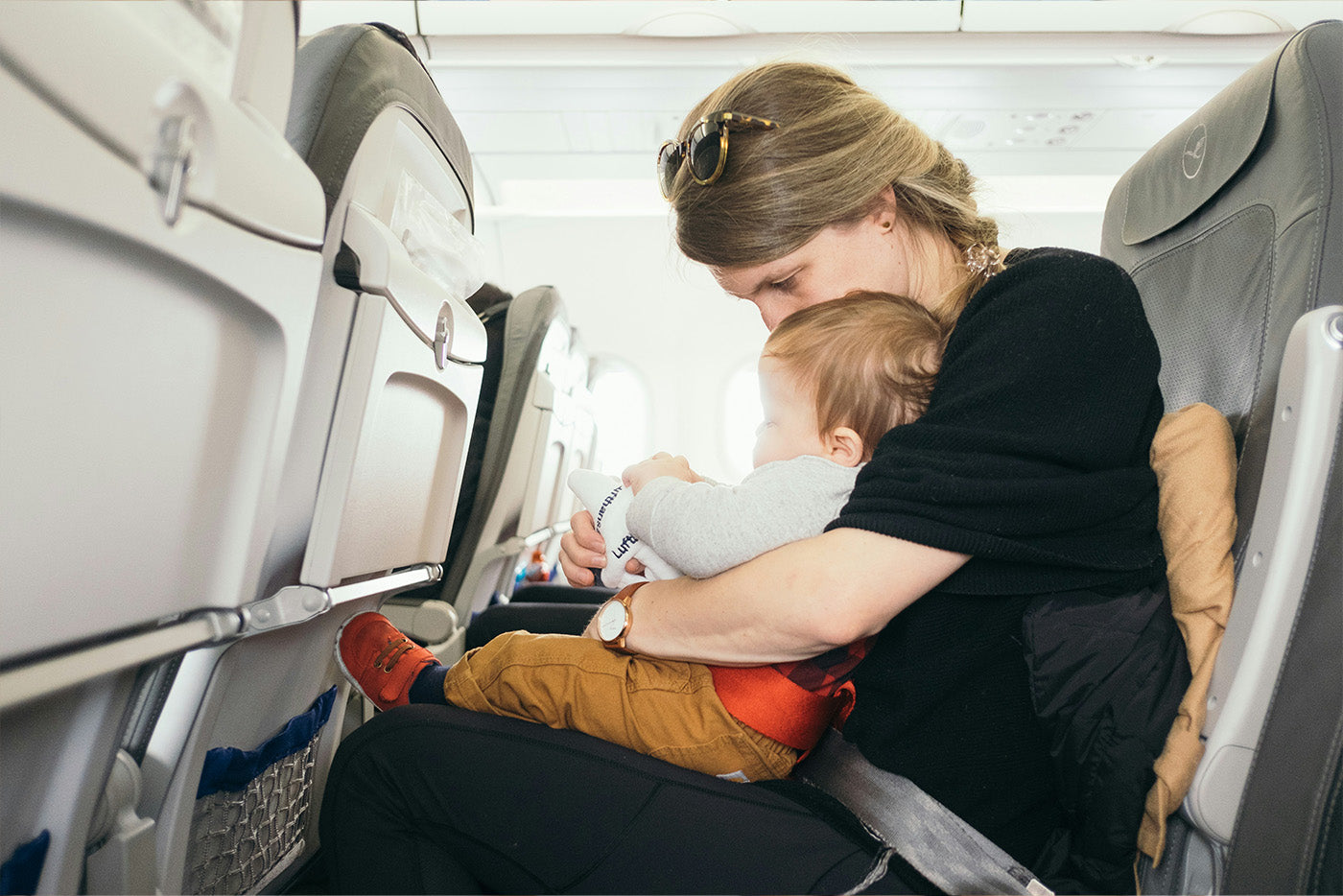
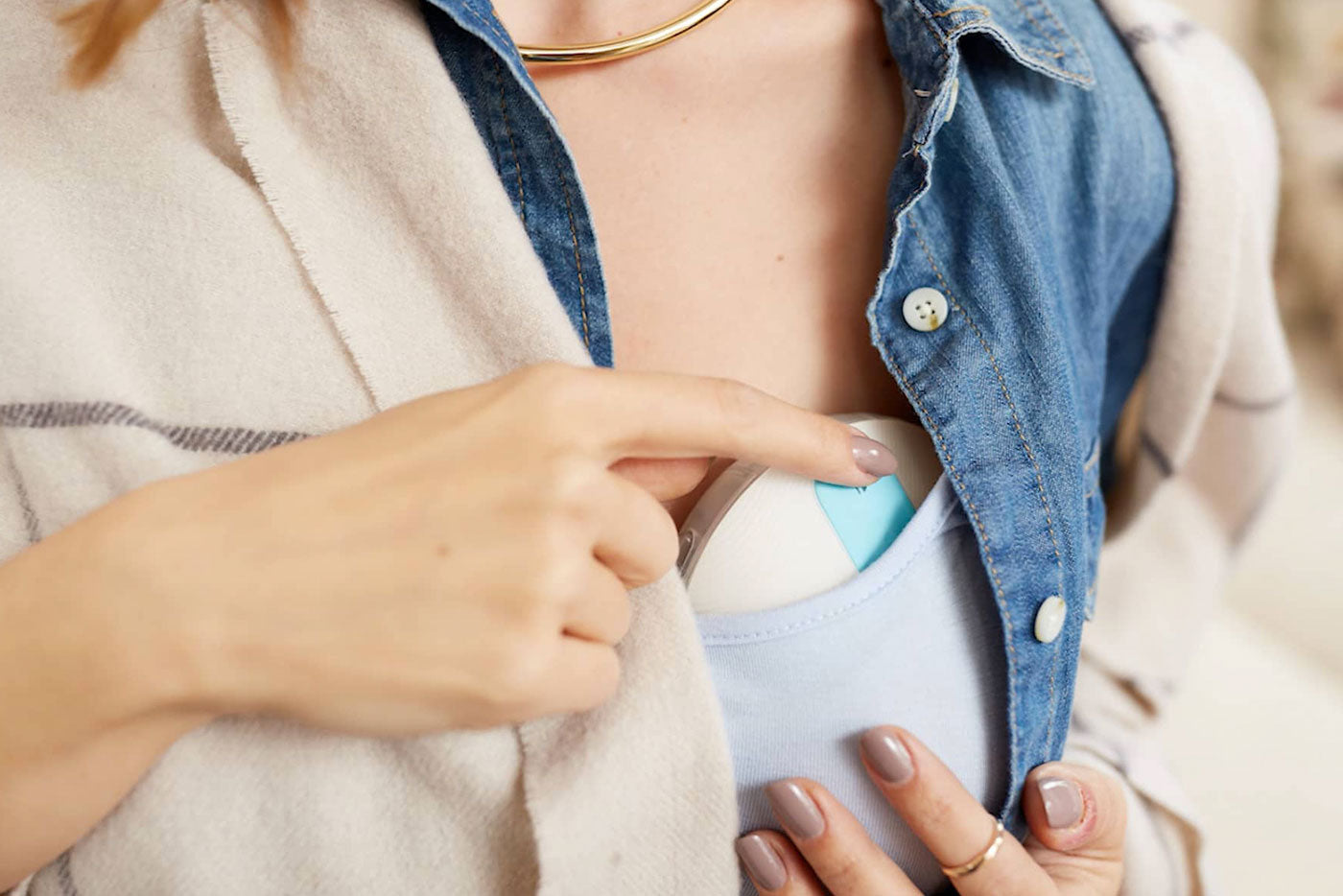

Laisser un commentaire
Tous les commentaires sont modérés avant d'être publiés.
Ce site est protégé par hCaptcha, et la Politique de confidentialité et les Conditions de service de hCaptcha s’appliquent.